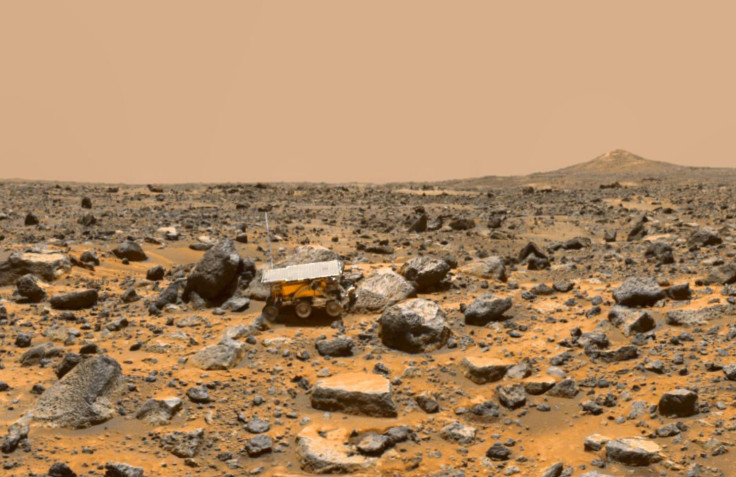Alien Life On Mars Could Be Hiding Underground, NASA Scientists Claim

KEY POINTS
- Scientists believe alien life on Mars could be hiding underground
- Caves on Earth are known to house organisms not normally seen on the surface
- Missions to Mars should focus on exploring its lava tubes and caves
Scientists from NASA backed the idea that underground caves and lava tubes on Mars might have the right environmental conditions to support alien life. Given this notion, scientists are hoping that future missions will focus on exploring the Red Planet’s subsurface environment.
The search for alien life on Mars has been an ongoing goal for many space agencies including NASA. However, due to the Red Planet’s harsh environmental conditions, the presence of life on Mars seems unlikely.
During a previous conference at the National Cave and Karst Research Institute in Mexico held in November, scientists discussed the possibility of alien life existing on Mars. Many of those who participated in the conference believe although the planet’s subsurface seems uninhabitable, its underground environment might be suitable for life.
The Red Planet’s underground world can be accessed through its vast network of lava tubes and caves.
“The surface of Mars is a very oxidizing, radiation-heavy environment where liquid water is not really stable for an extended amount of time,” NASA research scientist Vlada Stamenkovic said, according to Space.com. “It's the worst place to look for life-sites on Mars. Groundwater might be the only habitat for extant life on Mars, if it still exists today.”
The idea of alien life thriving underground is partly based on the scientists’ observations here on Earth. As shown in previous reports, microbial life in the form of slime and biofilms have been detected in caves on Earth. According to scientists, these kinds of lifeforms tend to thrive more underground than on the surface because its environmental conditions are more consistent and benign.
The same concept can be applied to Mars. The planet’s underground world, which was carved out by flowing lava millions of years ago, most likely has a very different condition than the Martian surface. For one, Mars’ underground caves are less exposed to cosmic radiation than its surface.
Due to the possibility of finding alien life underground, Penny Boston, a senior advisor for science integration at NASA, called for a change in how missions are planned. Instead of investing in costly and challenging sample-return missions, agencies should focus on expeditions that are more cost-effective but have higher chances of success.
“My own personal opinion is that it's time to line up missions with what the community is seeing in terms of return on investment versus the difficulty of accessing any particular environment,” she said. “It has been shown, with Mars, a campaign to systematically look for the water and now probe other aspects of habitability have yielded a tremendous amount of science.”
© Copyright IBTimes 2024. All rights reserved.





















